Home>Technology>Security & Surveillance>How To Know If Door Lock Actuator Is Bad
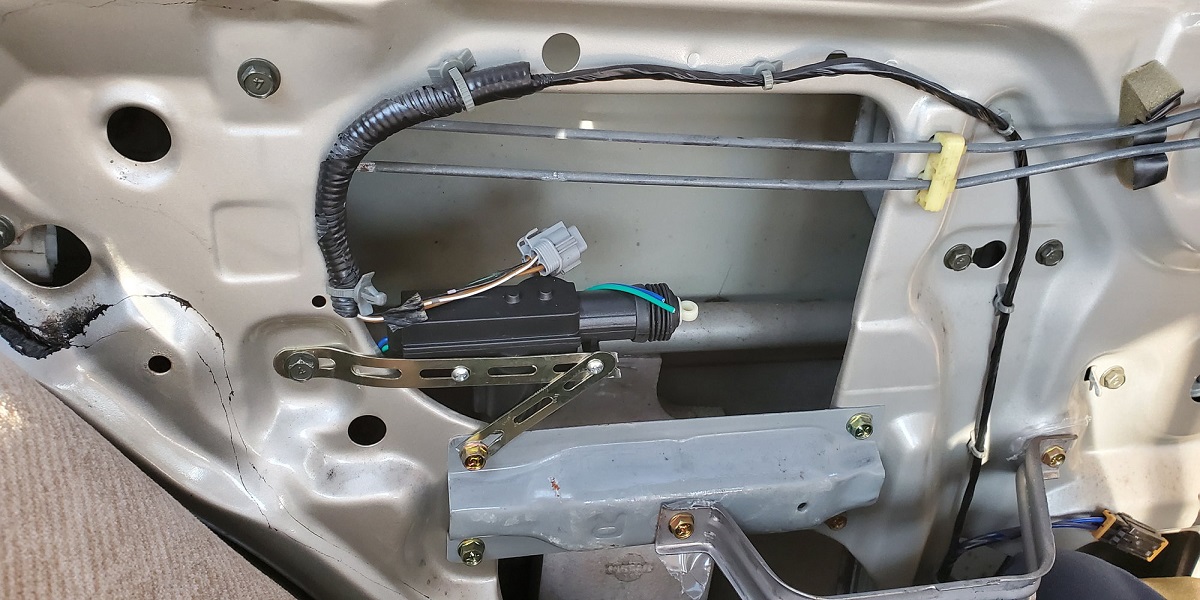

Security & Surveillance
How To Know If Door Lock Actuator Is Bad
Modified: February 25, 2024
Learn how to determine if your door lock actuator is malfunctioning and compromising your security and surveillance. Find out the signs and symptoms to watch for.
(Many of the links in this article redirect to a specific reviewed product. Your purchase of these products through affiliate links helps to generate commission for Storables.com, at no extra cost. Learn more)
Introduction
Welcome to the world of door lock actuators, where a small yet pivotal component plays a significant role in the security and convenience of your vehicle or home. The door lock actuator is a humble yet powerful device that enables the locking and unlocking of doors with just the push of a button or the twist of a key. In this article, we will delve into the inner workings of door lock actuators, explore the signs of a malfunctioning actuator, discuss how to test its functionality, and provide guidance on replacing a faulty unit.
Whether you're a seasoned DIY enthusiast or simply a curious individual looking to understand more about the mechanisms that safeguard your property, this guide is designed to equip you with the knowledge needed to identify and address issues related to door lock actuators. From understanding the telltale signs of a malfunction to learning how to carry out diagnostic tests and replace the actuator if necessary, this comprehensive resource aims to empower you to take charge of your security and surveillance systems.
Join us on this journey as we unravel the mysteries of door lock actuators, gaining insights that will enable you to make informed decisions when it comes to maintaining and troubleshooting the security features of your vehicle or residence. Let's embark on this exploration of door lock actuators, arming ourselves with the knowledge to identify and address potential issues, ensuring that the doors to safety and security remain firmly open for you.
Key Takeaways:
- Signs of a Bad Door Lock Actuator
If your doors don’t lock or unlock, make strange noises, or operate inconsistently, your door lock actuator may be faulty. Pay attention to these signs for timely maintenance. - Testing and Replacing a Faulty Actuator
Test your door lock actuator by checking its electrical connections and manually operating it. If it’s faulty, follow a step-by-step guide to replace it and restore your security system’s reliability.
Read more: How To Fix Door Lock Actuator
What is a Door Lock Actuator?
A door lock actuator is a small, yet essential, component found in most modern vehicles and residential or commercial security systems. It serves as the mechanism responsible for physically locking and unlocking the doors, ensuring the safety and convenience of the occupants. In the context of automobiles, door lock actuators are often integrated into the central locking system, allowing all doors to be secured or opened simultaneously with the press of a button or the turn of a key.
Door lock actuators are typically equipped with an electric motor that converts electrical signals from the vehicle’s central locking system or key fob into mechanical motion, engaging or disengaging the locking mechanism. This seamless automation has become a standard feature in contemporary vehicles, offering a convenient and secure means of accessing the interior spaces.
Residential and commercial door lock actuators operate on similar principles, utilizing electrical signals to control the locking and unlocking of doors. These systems are often integrated with access control and surveillance setups, providing a layer of security that can be managed remotely or through automated schedules.
Whether in the context of automotive or building security, the door lock actuator plays a crucial role in safeguarding property and individuals. Its seamless operation is often taken for granted, but when the actuator malfunctions, it can lead to inconveniences and potential security vulnerabilities.
Understanding the function and significance of the door lock actuator is the first step in recognizing the signs of a malfunctioning unit and taking appropriate measures to address any issues. In the following sections, we will explore the common indicators of a faulty door lock actuator, discuss methods for testing its functionality, and provide guidance on replacing a malfunctioning unit to ensure the continued security and convenience of your vehicle or property.
Signs of a Bad Door Lock Actuator
Recognizing the signs of a malfunctioning door lock actuator is crucial for maintaining the security and functionality of your vehicle or property. As with any mechanical or electrical component, door lock actuators are susceptible to wear and tear, which can manifest in various symptoms indicating a potential issue. Being attuned to these signs can help you address the problem before it escalates, ensuring that your doors remain reliably secure and accessible.
Here are the common signs that may indicate a bad door lock actuator:
- Inoperative Door Locks: One of the most apparent signs of a faulty door lock actuator is the inability to lock or unlock a specific door or multiple doors using the central locking system or key fob. If you notice that certain doors fail to respond to the locking mechanism, it may indicate a malfunctioning actuator.
- Unusual Noises: When activating the central locking system, if you hear unusual grinding, buzzing, or clicking noises emanating from the door panels, it could signify a problem with the door lock actuator. These noises may indicate that the actuator’s motor or internal components are struggling to operate smoothly.
- Inconsistent Operation: If the locking and unlocking of doors become inconsistent, with some doors responding intermittently or requiring multiple attempts to engage the mechanism, it could be a sign of a failing door lock actuator. Inconsistency in operation indicates that the actuator’s performance is compromised.
- Delayed Response: A noticeable delay between activating the central locking system or key fob and the actual locking or unlocking of doors may point to underlying issues with the door lock actuators. A normally responsive system that exhibits delays warrants further inspection of the actuators.
- Stuck or Jammed Locks: If a door’s lock becomes stuck in the locked or unlocked position, refusing to budge despite repeated attempts to engage the central locking system, the door lock actuator may be at fault. Stuck or jammed locks indicate a failure of the actuator to operate the locking mechanism effectively.
Being vigilant for these signs can aid in early detection of door lock actuator issues, allowing for timely intervention to rectify the problem. In the subsequent sections, we will explore methods for testing the functionality of door lock actuators to confirm suspicions of malfunction and provide guidance on replacing a faulty unit to restore the seamless operation of your vehicle or property’s locking system.
If your door lock is not responding to the key or remote, it could be a sign of a bad door lock actuator. Check for any unusual sounds or resistance when trying to lock or unlock the door.
Testing the Door Lock Actuator
When faced with suspicions of a malfunctioning door lock actuator, conducting a systematic assessment of its functionality can provide valuable insights into the nature of the issue. Testing the door lock actuator involves a series of diagnostic steps aimed at evaluating its responsiveness, electrical connections, and mechanical operation. By performing these tests, you can ascertain whether the actuator is indeed the source of the problem and determine the appropriate course of action to address any underlying issues.
Here are the steps to test the functionality of a door lock actuator:
- Visual Inspection: Begin by visually inspecting the door lock actuator and its associated components. Check for any visible signs of damage, such as frayed wiring, loose connections, or physical obstruction within the door panel. Ensure that the actuator’s electrical connections are secure and free from corrosion or disconnection.
- Electrical Testing: Use a multimeter to test the electrical continuity and voltage supply to the door lock actuator. With the vehicle’s electrical system activated, carefully measure the voltage across the actuator’s terminals to verify that it is receiving the necessary electrical signals. Additionally, check for continuity in the actuator’s wiring harness to ensure that there are no breaks or short circuits.
- Manual Operation: With the interior door panel removed, manually operate the door lock actuator by applying direct electrical power to it. This can be achieved by using a separate power source, such as a 12-volt battery, to energize the actuator and observe its mechanical response. Pay close attention to any unusual noises, resistance, or lack of movement, as these may indicate internal issues within the actuator.
- Functional Testing: Utilize the vehicle’s central locking system or key fob to engage the door lock actuator while observing its behavior. Take note of any inconsistent operation, unusual sounds, or lack of response from the actuator when prompted to lock or unlock the door. Compare the performance of the suspect actuator with that of other functioning actuators in the vehicle to identify disparities in behavior.
By meticulously conducting these tests, you can gain a comprehensive understanding of the door lock actuator’s condition and pinpoint any deficiencies that may be contributing to its malfunction. The insights gathered from these diagnostic procedures will inform the decision-making process regarding the repair or replacement of the actuator, ensuring that the security and accessibility of your vehicle or property are restored to optimal levels.
In the subsequent section, we will delve into the process of replacing a faulty door lock actuator, providing guidance on the necessary steps to rectify the issue and restore the seamless operation of the locking system.
Replacing the Door Lock Actuator
When the diagnosis confirms the presence of a faulty door lock actuator, the next step involves replacing the malfunctioning unit to restore the seamless operation of the locking system. While the prospect of replacing a door lock actuator may seem daunting, especially for those with limited experience in automotive or building maintenance, with the right guidance and approach, it can be a manageable task.
Here’s a comprehensive guide to replacing a door lock actuator:
- Procure the Replacement Actuator: Begin by obtaining a suitable replacement door lock actuator that is compatible with the make and model of your vehicle or the specifications of your building’s security system. Ensure that the new actuator matches the electrical and mechanical requirements of the existing setup to facilitate a seamless replacement process.
- Prepare the Work Area: Park the vehicle in a well-lit and spacious area, or if replacing a building security system actuator, ensure access to the door panel and associated components. Gather the necessary tools, including screwdrivers, trim removal tools, and electrical testing equipment, to facilitate the removal and installation of the actuator.
- Remove the Door Panel: Carefully remove the interior door panel to access the door lock actuator. This may involve unscrewing fasteners, unclipping trim pieces, and disconnecting electrical connections. Exercise caution to avoid damaging the panel or its components during the removal process.
- Access the Actuator: Once the door panel is removed, locate the faulty door lock actuator within the door assembly. Take note of its position and the manner in which it is secured to the door structure, as this will guide the removal and replacement process.
- Replace the Actuator: Disconnect the electrical connectors and mounting hardware securing the faulty actuator in place. Carefully extract the old actuator from its position, taking note of its orientation and attachment points. Install the new actuator in the same manner, ensuring that all electrical connections and mounting hardware are secured according to the manufacturer’s specifications.
- Test the Replacement: Once the new actuator is installed, perform functional tests to verify its operation. Utilize the vehicle’s central locking system or key fob to lock and unlock the doors, ensuring that the replaced actuator responds as expected and facilitates smooth operation of the locking mechanism.
- Reassemble the Door Panel: Reattach the interior door panel, ensuring that all fasteners, trim pieces, and electrical connections are secured properly. Test the door locks once more to confirm that the reassembly process has not affected the functionality of the replaced actuator.
By following these steps and exercising care and precision throughout the replacement process, you can effectively address a faulty door lock actuator, restoring the security and convenience of your vehicle or property. In the event of any uncertainties or challenges, consulting professional technicians or seeking guidance from experienced individuals can provide valuable assistance in completing the replacement with confidence.
With the new door lock actuator in place, you can enjoy the peace of mind that comes with knowing that your vehicle or property’s locking system is operating reliably, safeguarding your security and accessibility.
Read more: How To Replace Door Lock Actuator
Conclusion
As we conclude our exploration of door lock actuators, we have gained valuable insights into the significance of these unassuming yet crucial components in the realm of security and convenience. From understanding the function of door lock actuators to recognizing the signs of a malfunctioning unit, testing its functionality, and ultimately replacing a faulty actuator, we have embarked on a journey to empower individuals with the knowledge to maintain and troubleshoot their security and surveillance systems.
By familiarizing ourselves with the signs of a bad door lock actuator, such as inoperative locks, unusual noises, and inconsistent operation, we have equipped ourselves with the awareness needed to identify potential issues and take proactive measures to address them. Furthermore, through the testing process, we have learned how to systematically assess the functionality of door lock actuators, enabling us to confirm suspicions of malfunction and make informed decisions regarding repair or replacement.
When it comes to replacing a door lock actuator, we have demystified the process, providing a comprehensive guide to procuring a replacement unit, preparing the work area, removing the door panel, accessing and replacing the actuator, and conducting functional tests to ensure its seamless operation. By following these steps with care and precision, individuals can effectively restore the security and convenience of their vehicles or properties, fostering peace of mind and reliability in their locking systems.
Whether in the context of automotive security or building access control, the door lock actuator remains an indispensable component, quietly facilitating the essential task of securing and enabling access to interior spaces. By understanding its function, recognizing signs of malfunction, and being adept at testing and replacing a faulty unit, individuals can take proactive control of their security and surveillance systems, ensuring that the doors to safety and convenience remain firmly open.
Armed with this knowledge, individuals are empowered to navigate the realm of door lock actuators with confidence, safeguarding their security and accessibility with informed decision-making and proactive maintenance. As we bid adieu to this exploration, may the insights gained serve as a beacon of guidance, illuminating the path to reliable and resilient security systems for vehicles and properties alike.
Frequently Asked Questions about How To Know If Door Lock Actuator Is Bad
Was this page helpful?
At Storables.com, we guarantee accurate and reliable information. Our content, validated by Expert Board Contributors, is crafted following stringent Editorial Policies. We're committed to providing you with well-researched, expert-backed insights for all your informational needs.
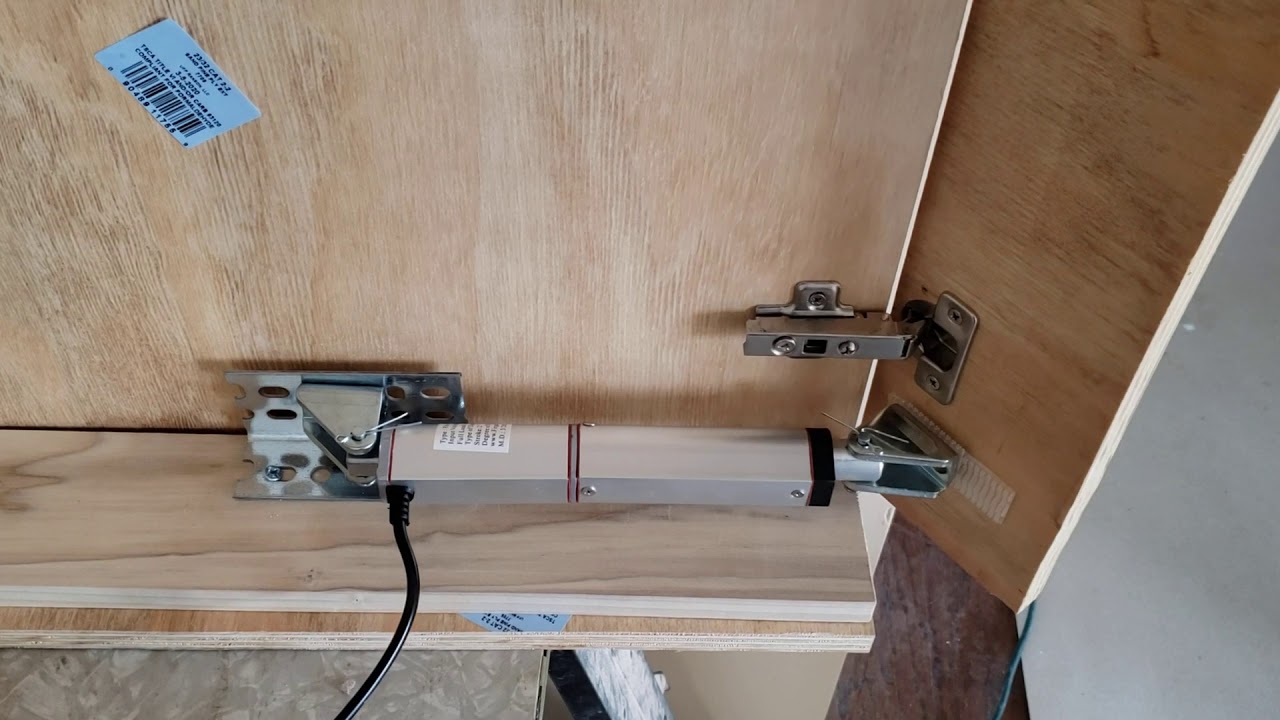
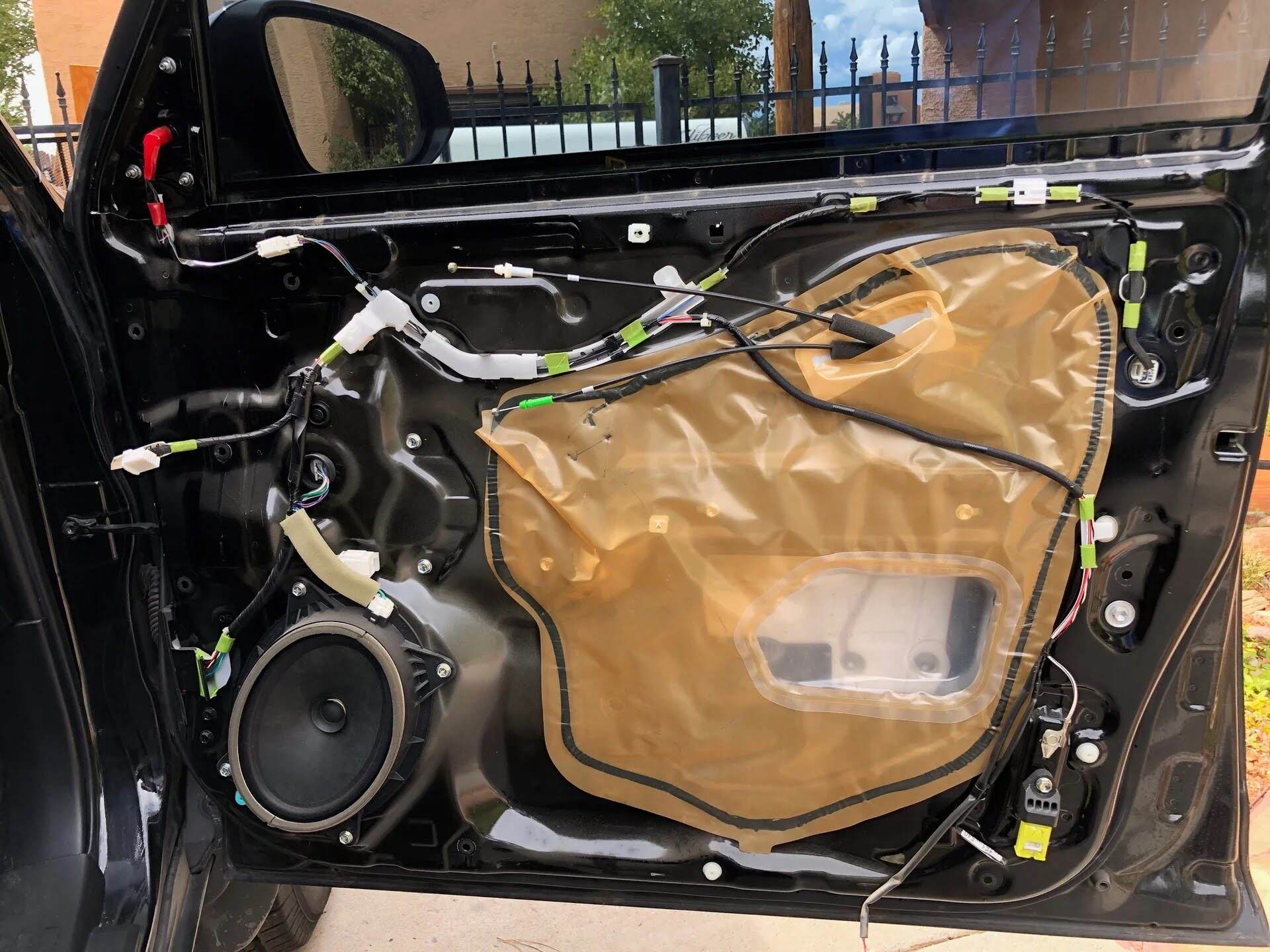
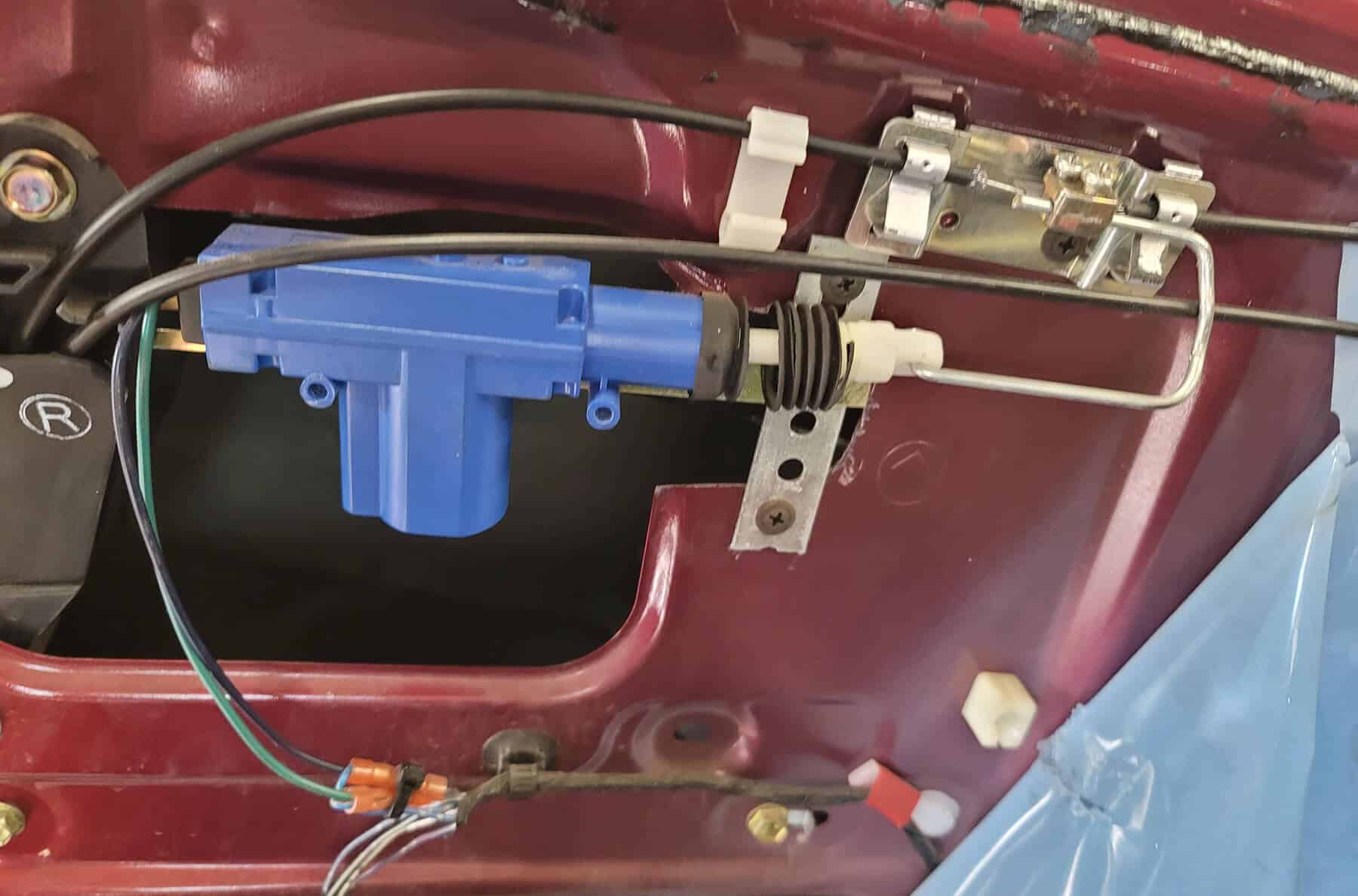
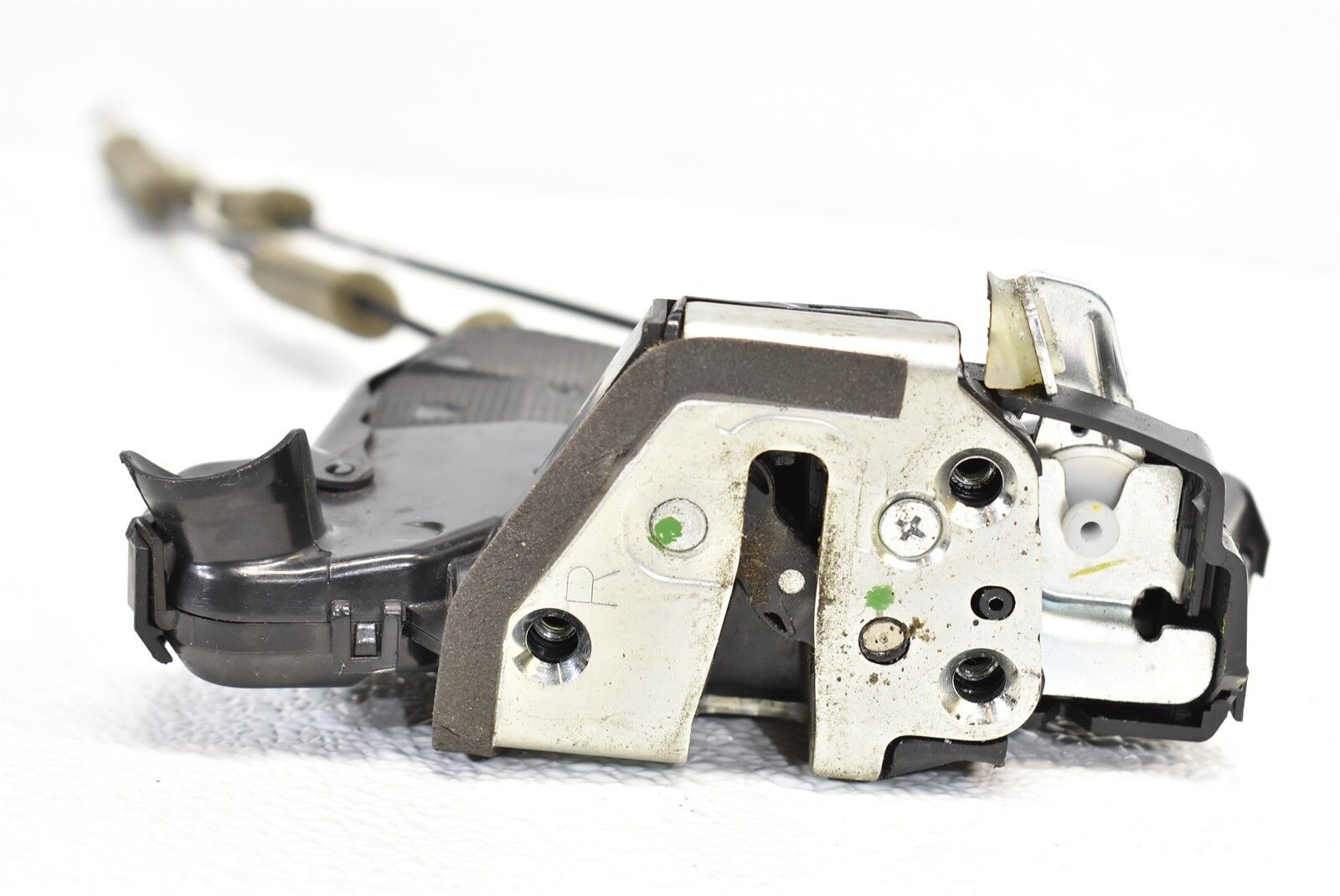
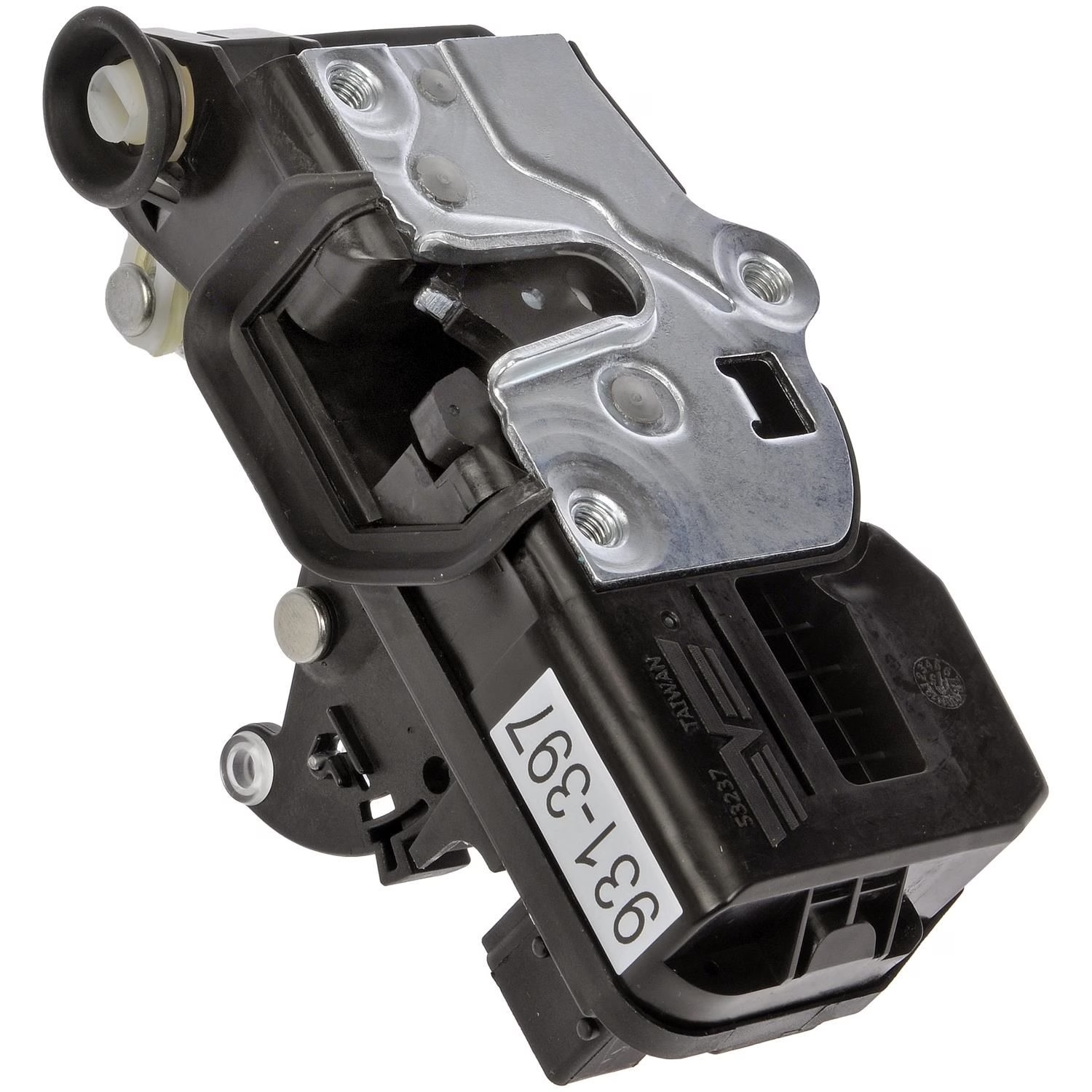
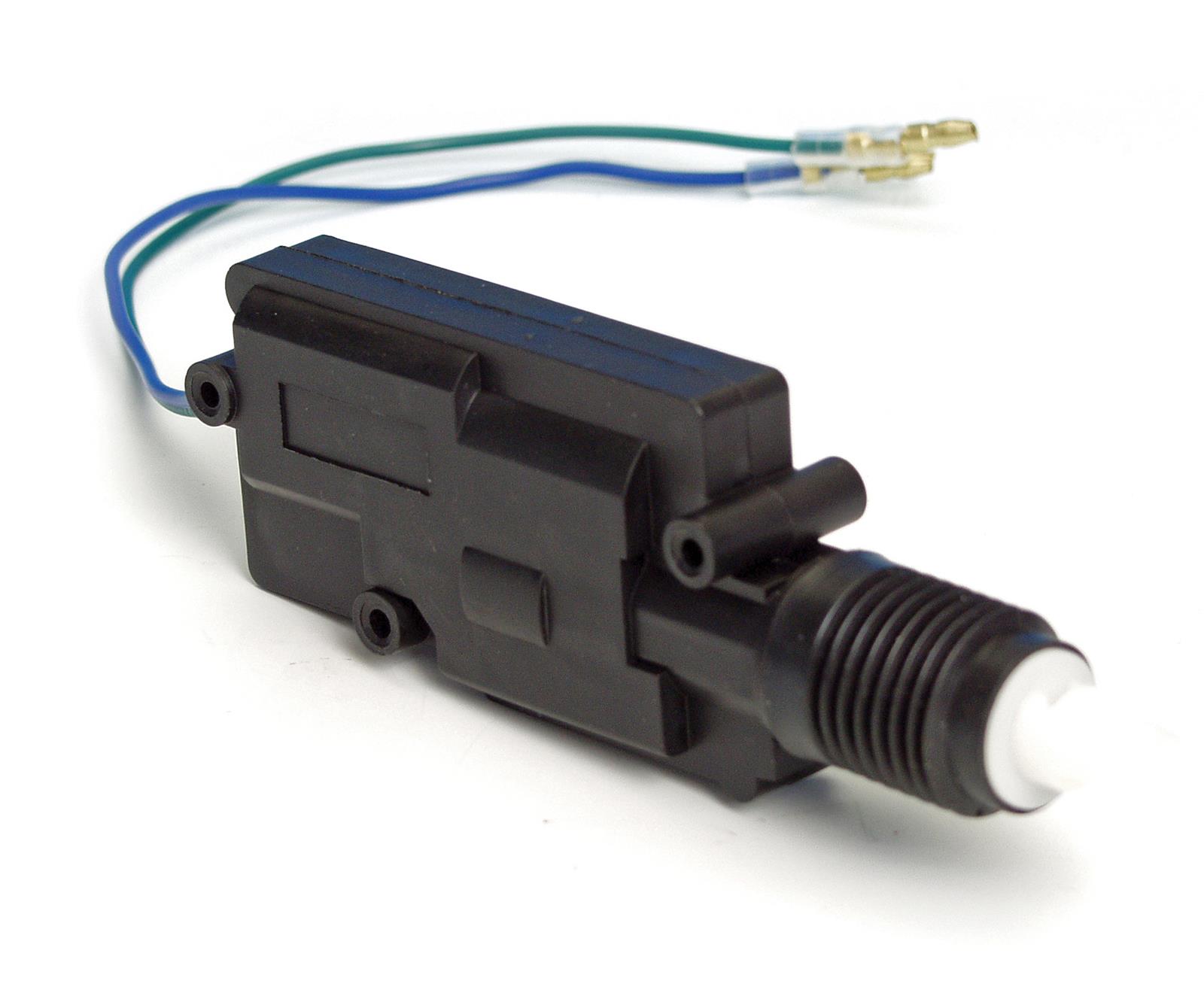

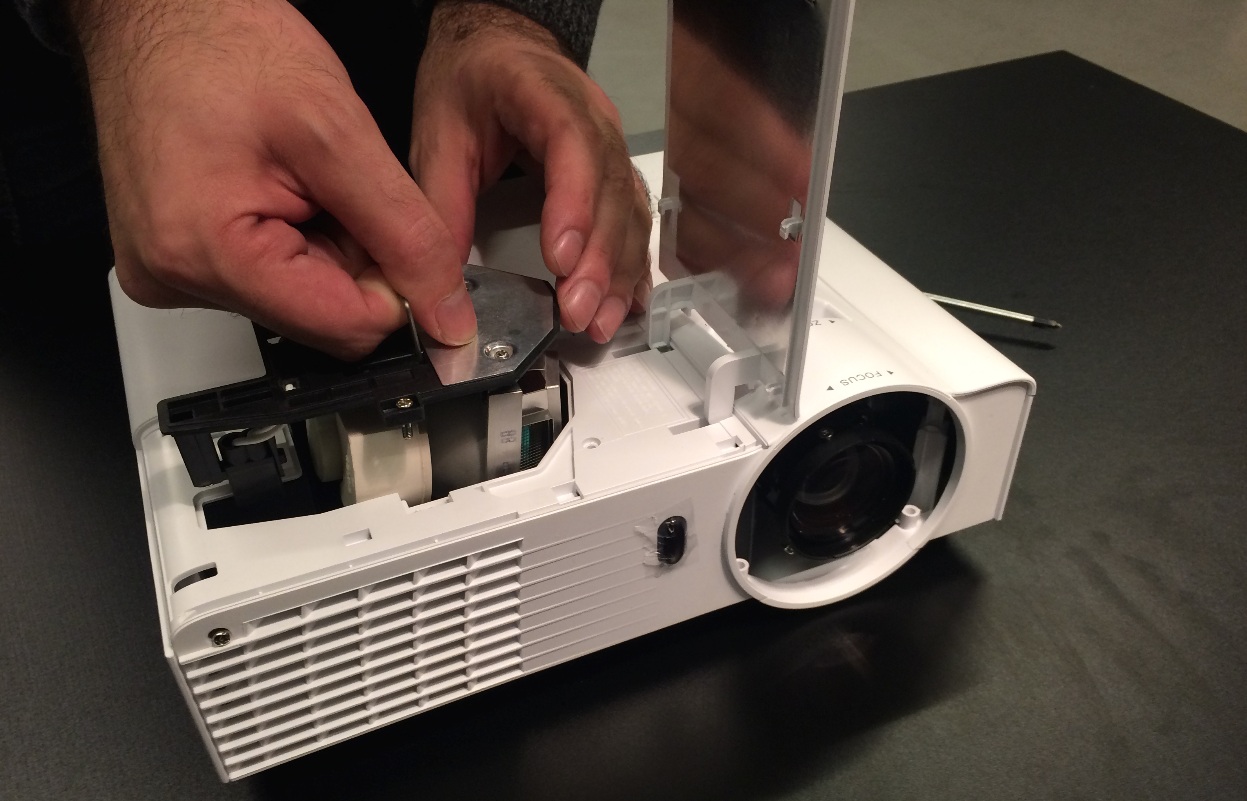
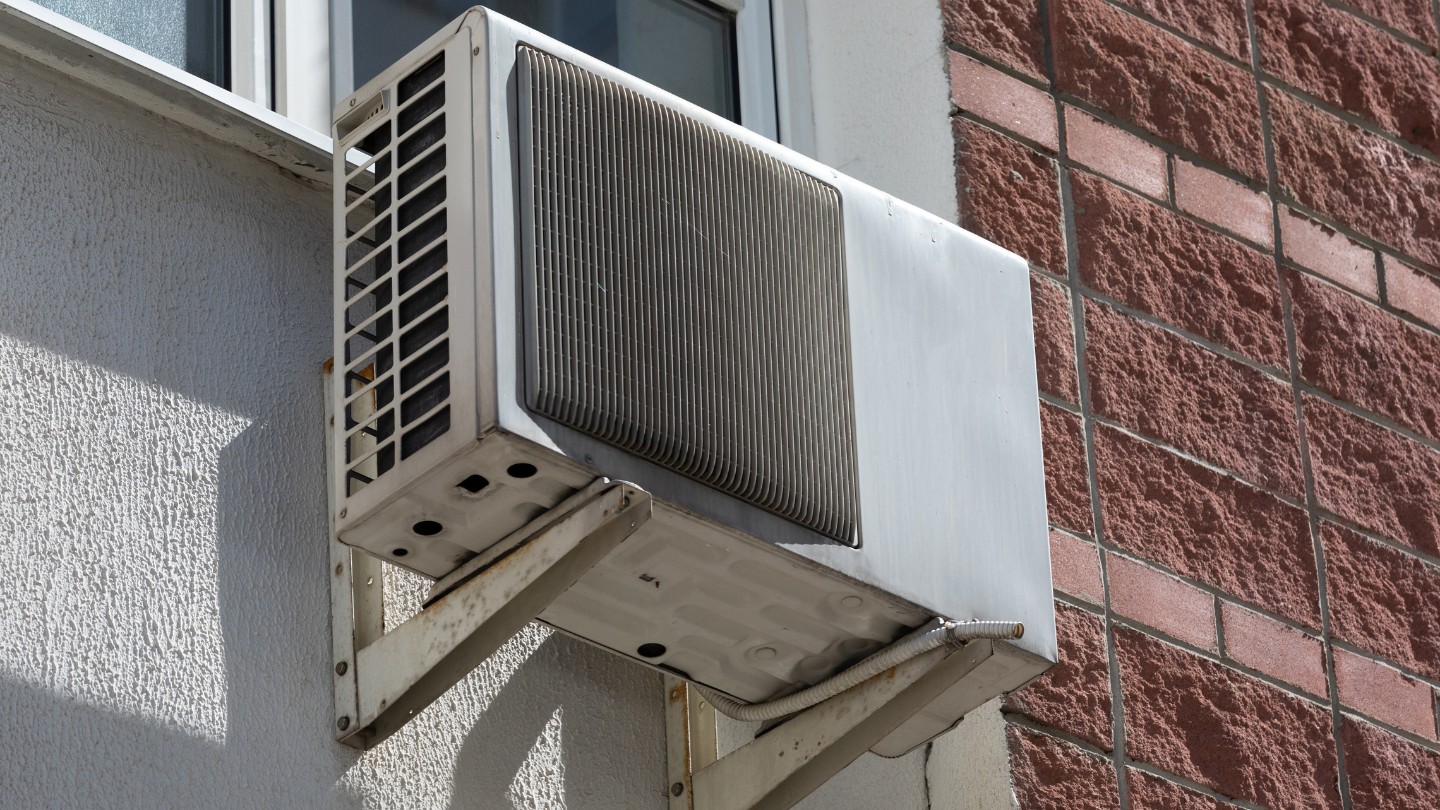
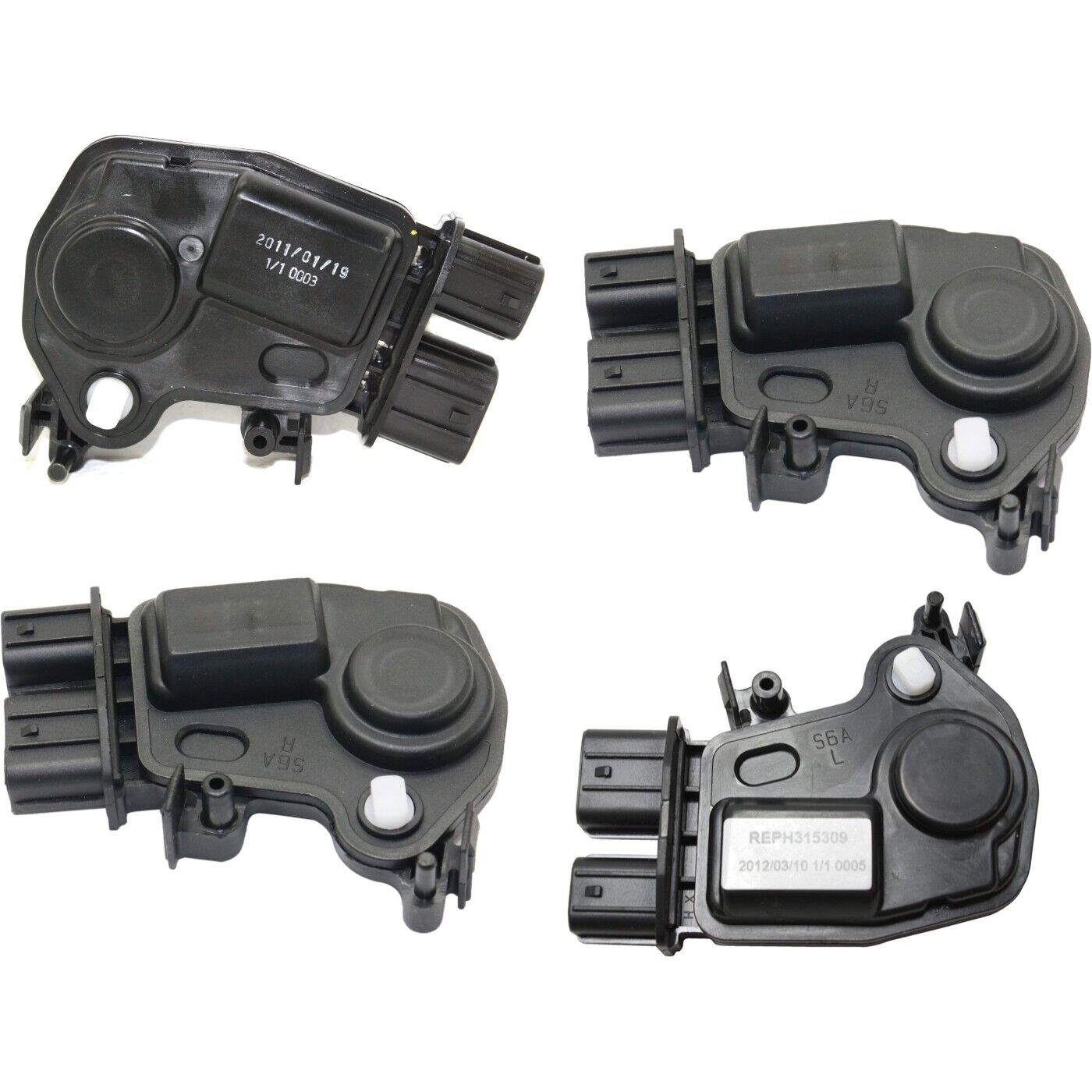

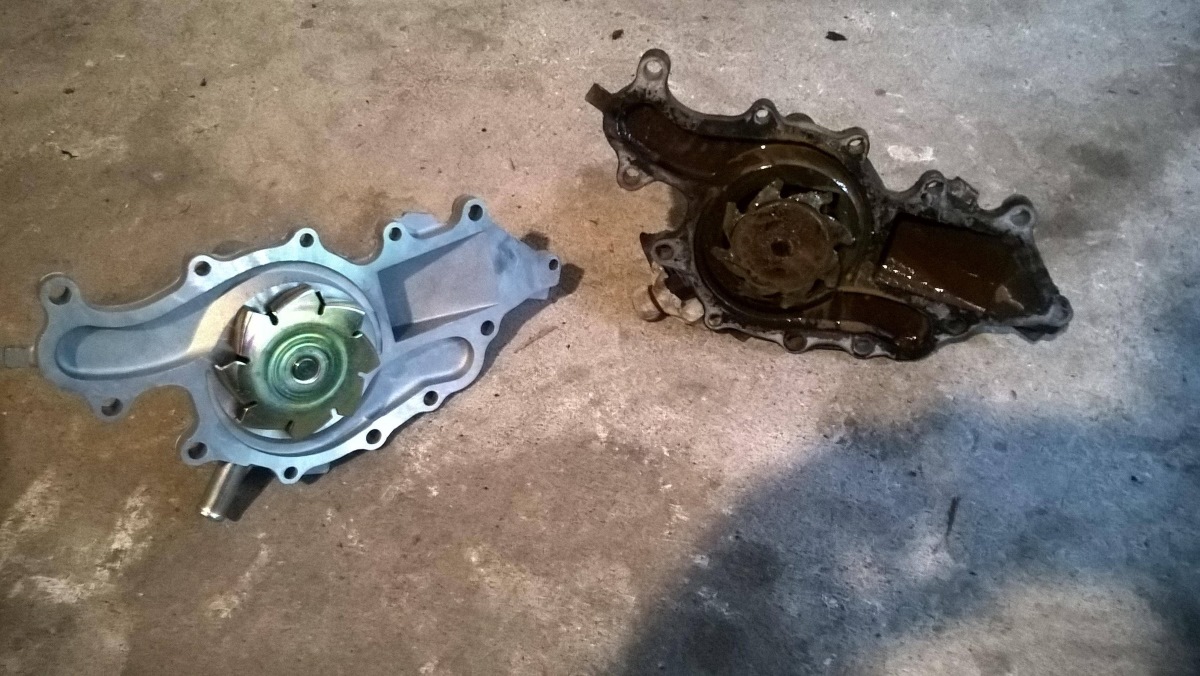
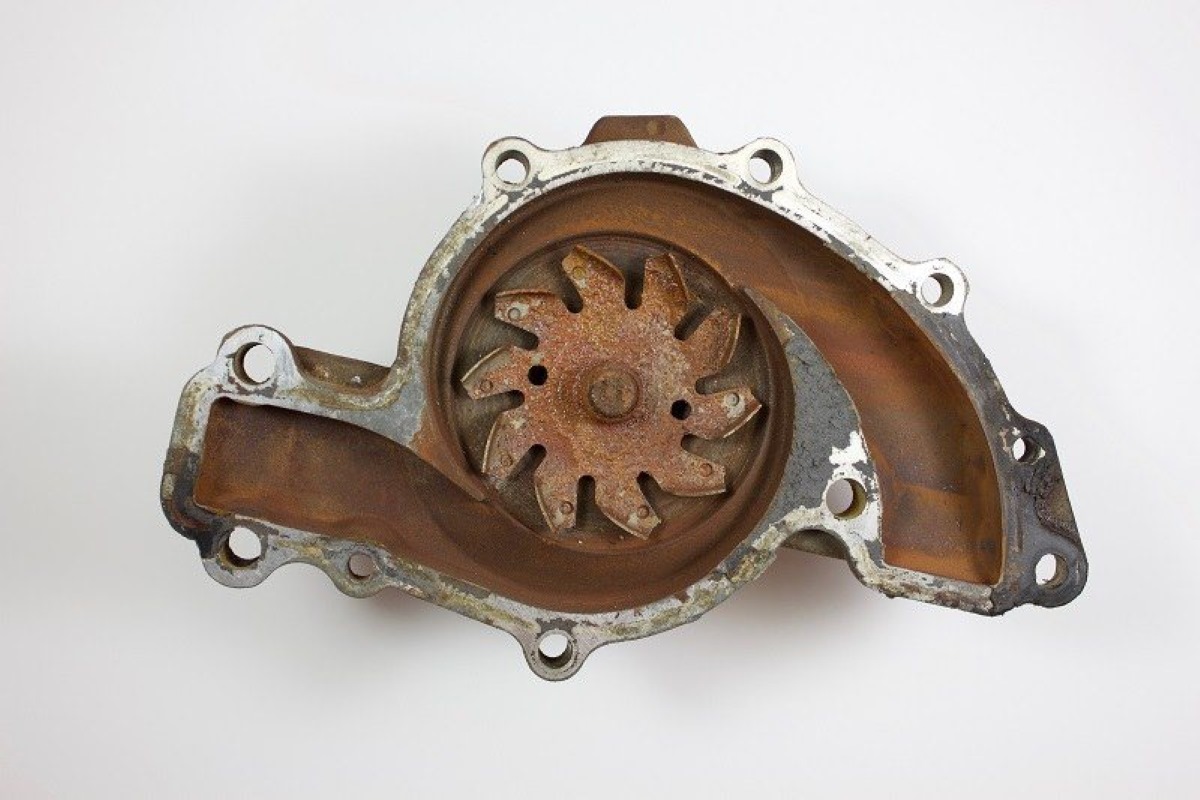
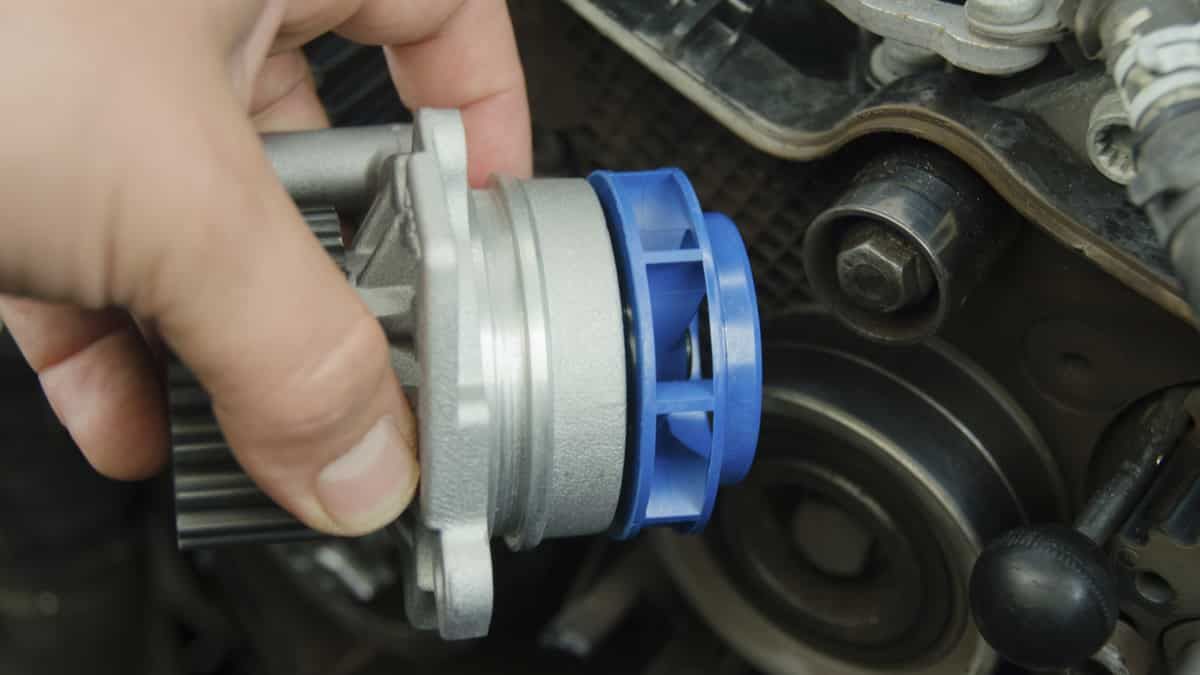

0 thoughts on “How To Know If Door Lock Actuator Is Bad”